Investigating Entrepreneurship: Sampling Methods and Literature Review
VerifiedAdded on 2023/06/08
|6
|1086
|417
Homework Assignment
AI Summary
This assignment explores two key aspects of academic research: sampling methods and literature reviews, particularly within the context of entrepreneurship among small and medium enterprises (SMEs). The first part focuses on simple random sampling, detailing its advantages in selecting an unbiased and representative sample from a population, ensuring room for error, and the factors considered before its implementation. The second part delves into the role and features of a literature review, defining its purpose in providing a theoretical foundation, avoiding duplication, and identifying research gaps. It highlights the key features of a good literature review, including defining the research topic, stating outcome evaluation criteria, procedures for acquiring relevant literature, and describing response and explanatory variables. Furthermore, it discusses how to critically evaluate the literature based on its nature, reliability, authority, validity, and relevance. The assignment concludes with a plan for searching literature, emphasizing the importance of scanning abstracts, evaluating paper quality, and determining convergence and divergence related to the study's hypothesis. References from academic sources are provided to support the arguments.
1 out of 6
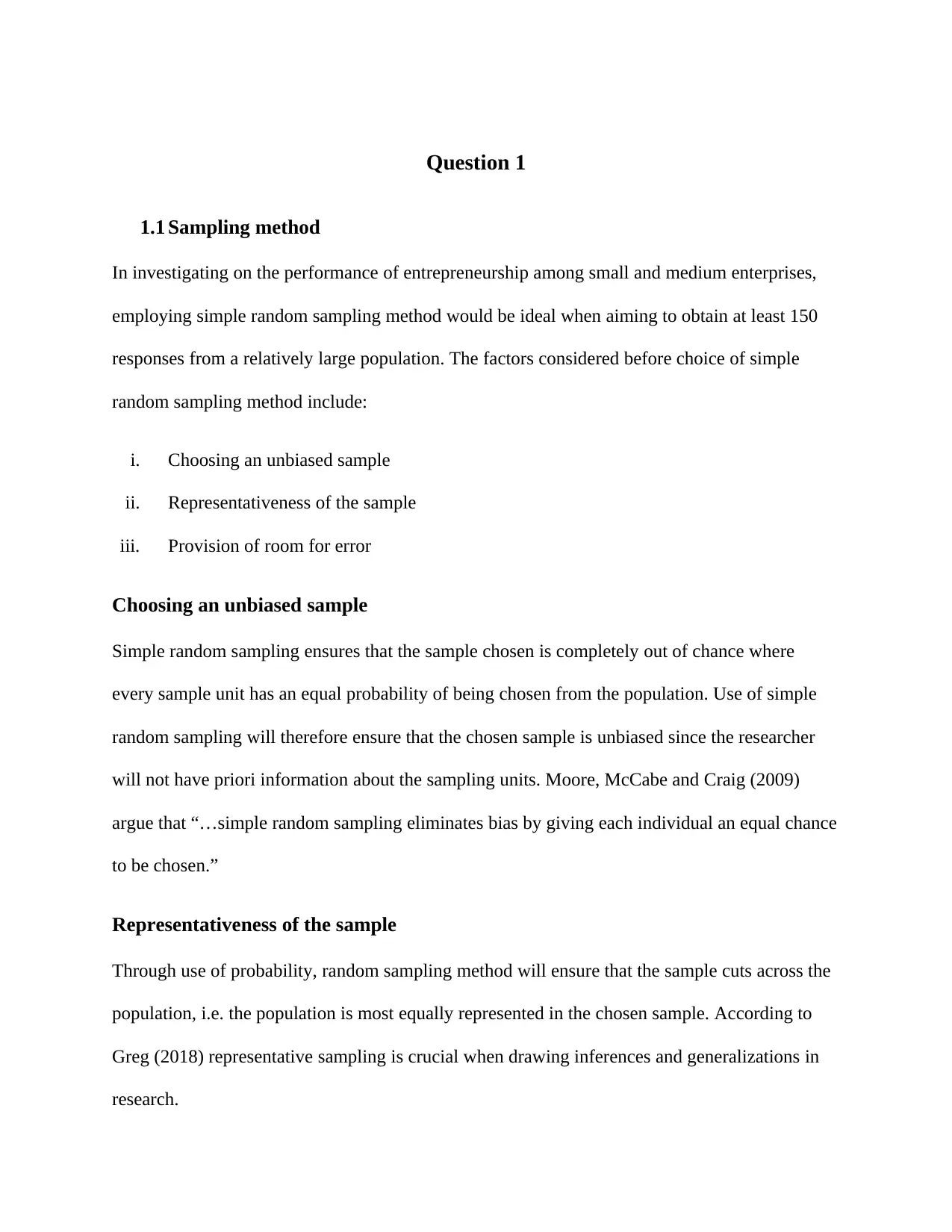
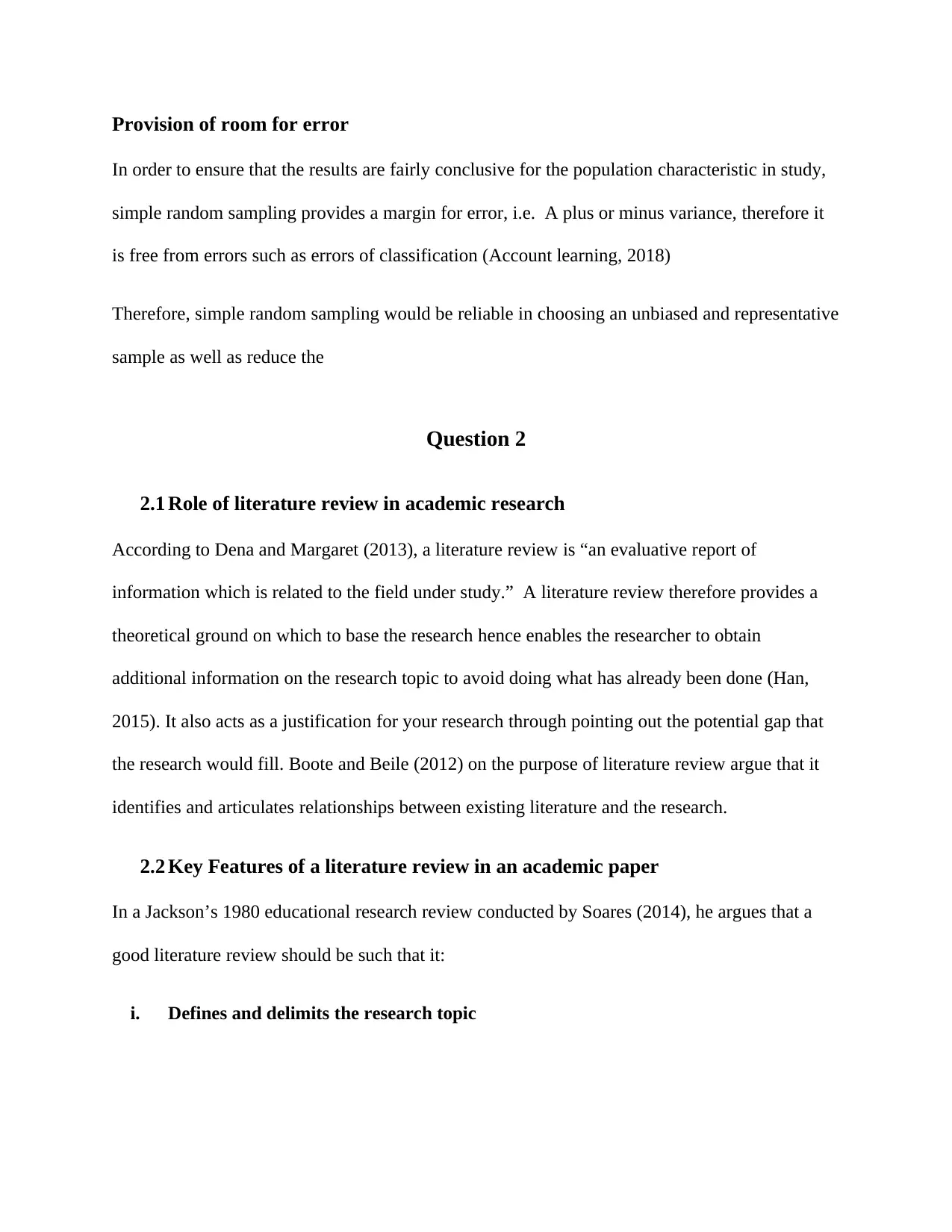
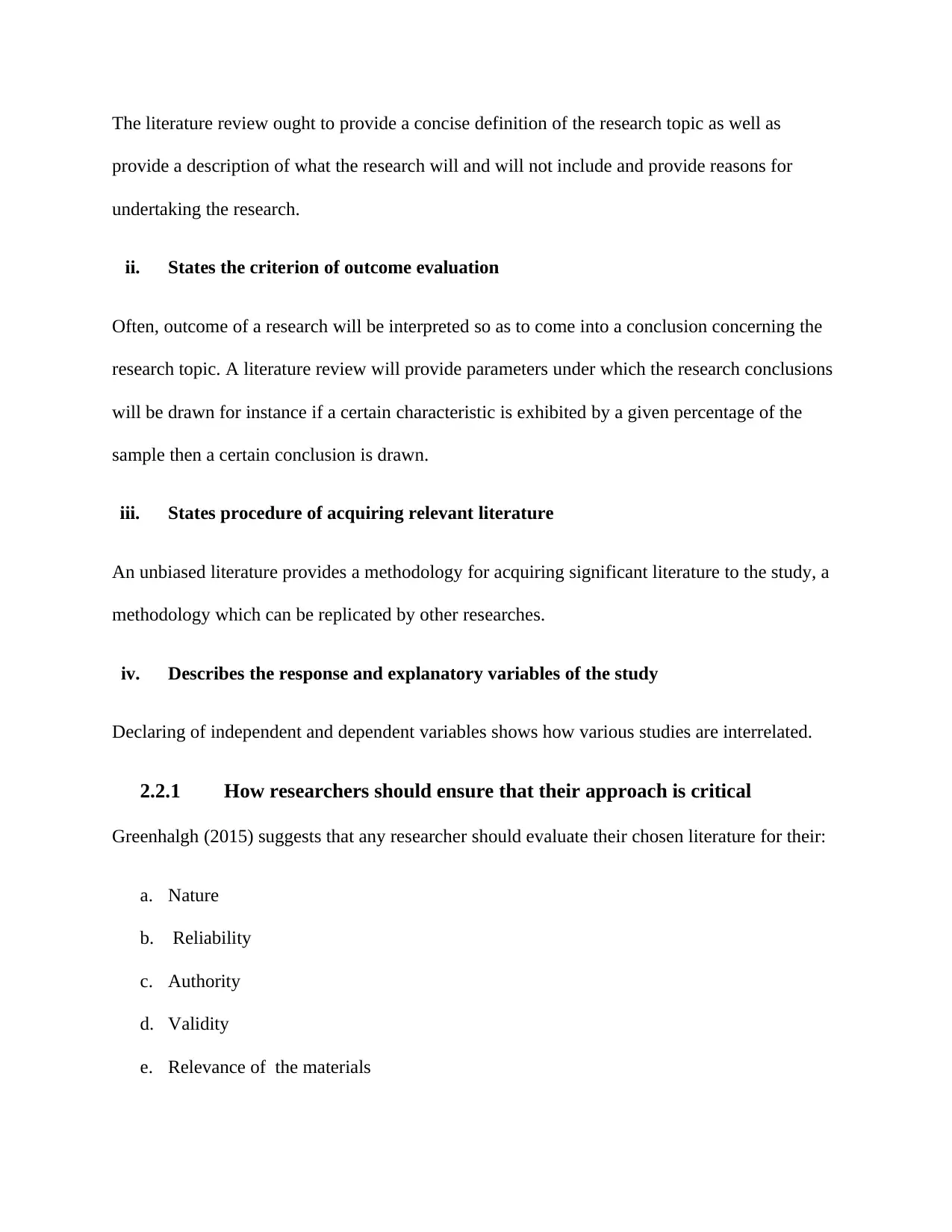

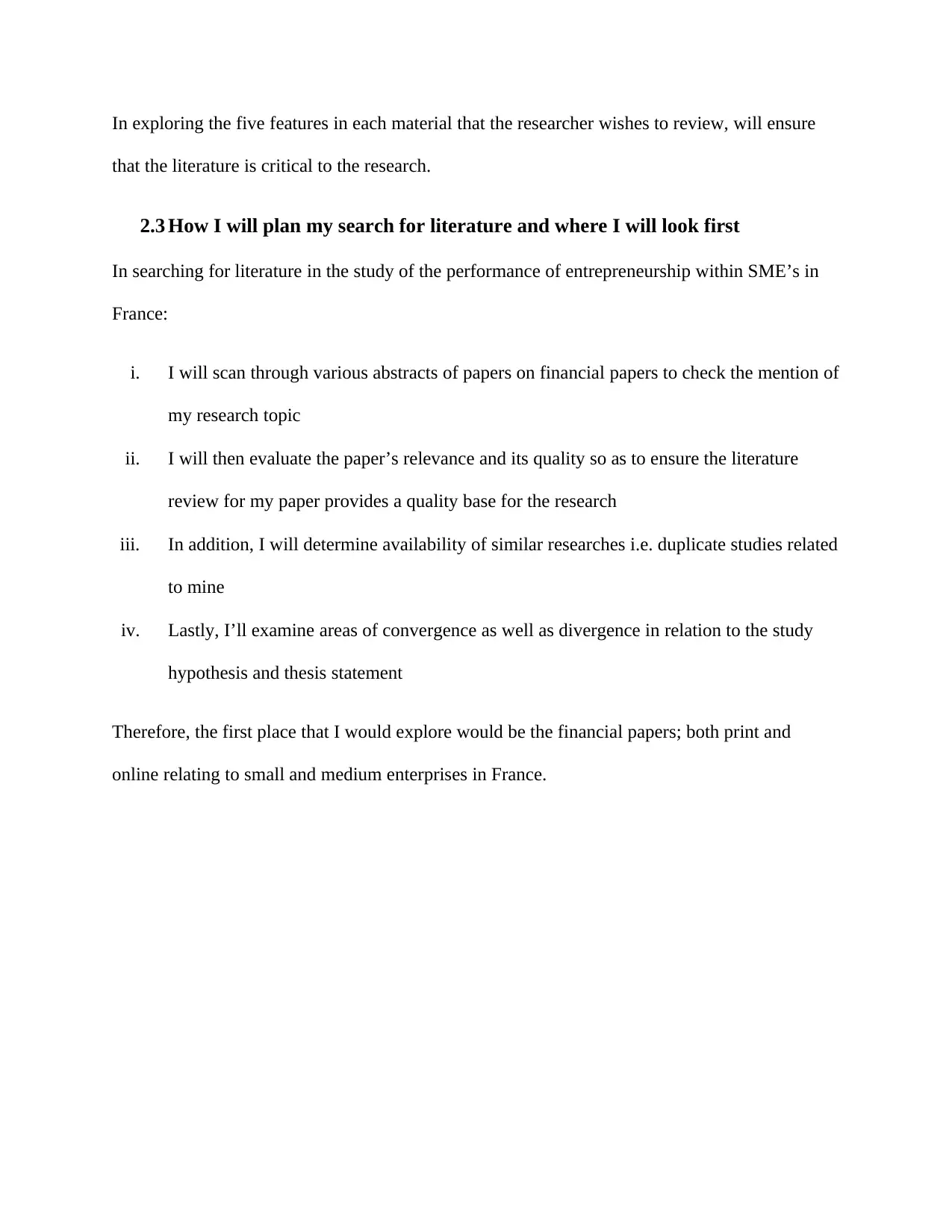
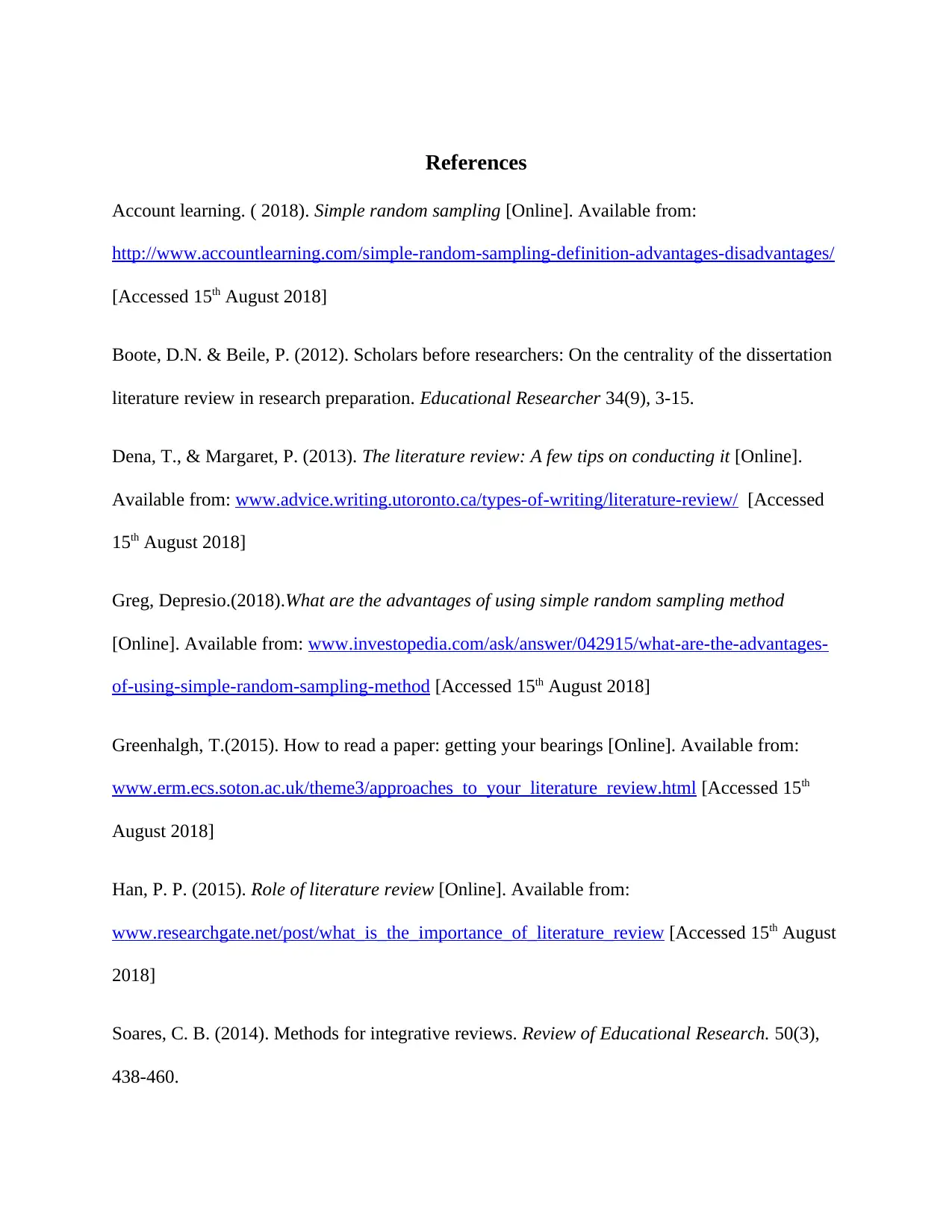
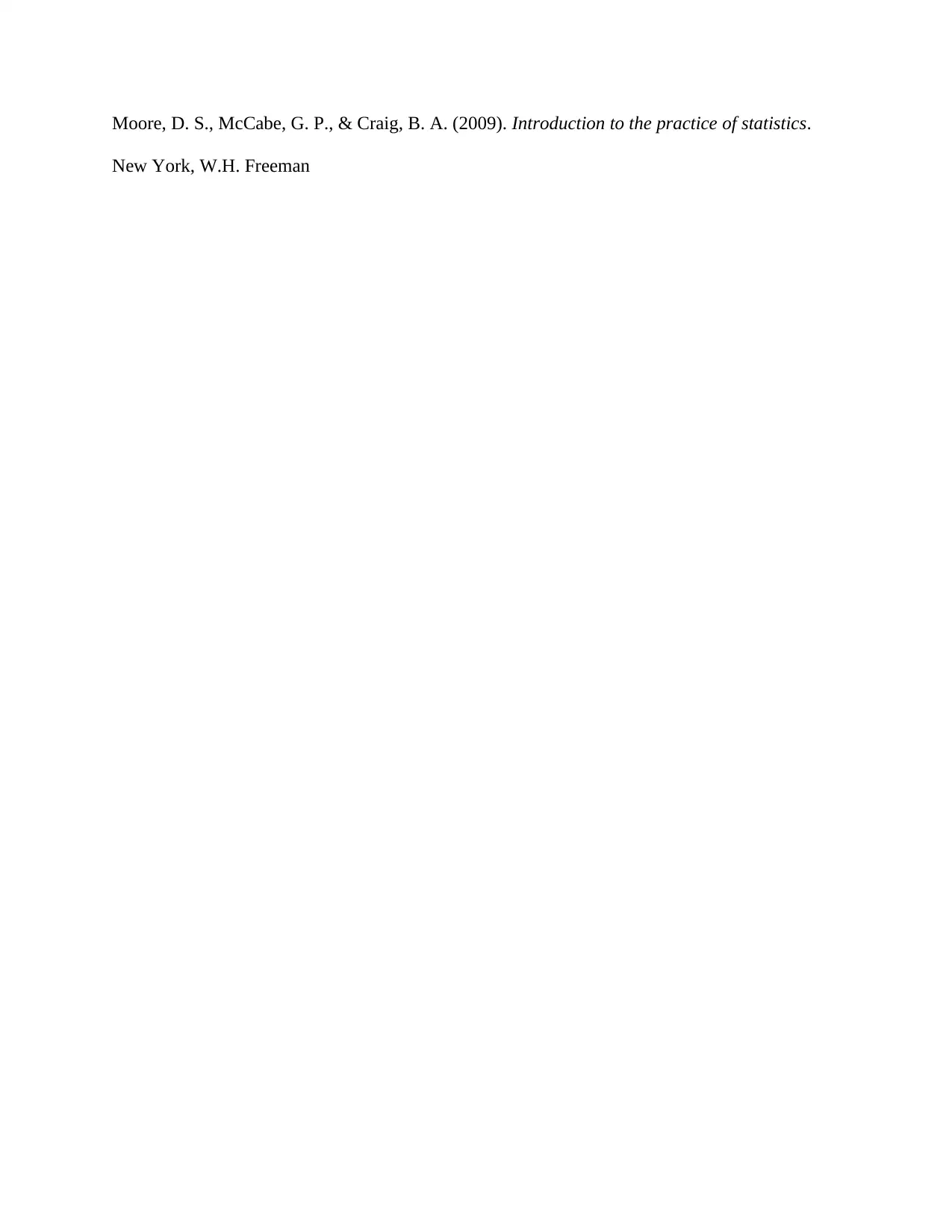






![[object Object]](/_next/static/media/star-bottom.7253800d.svg)